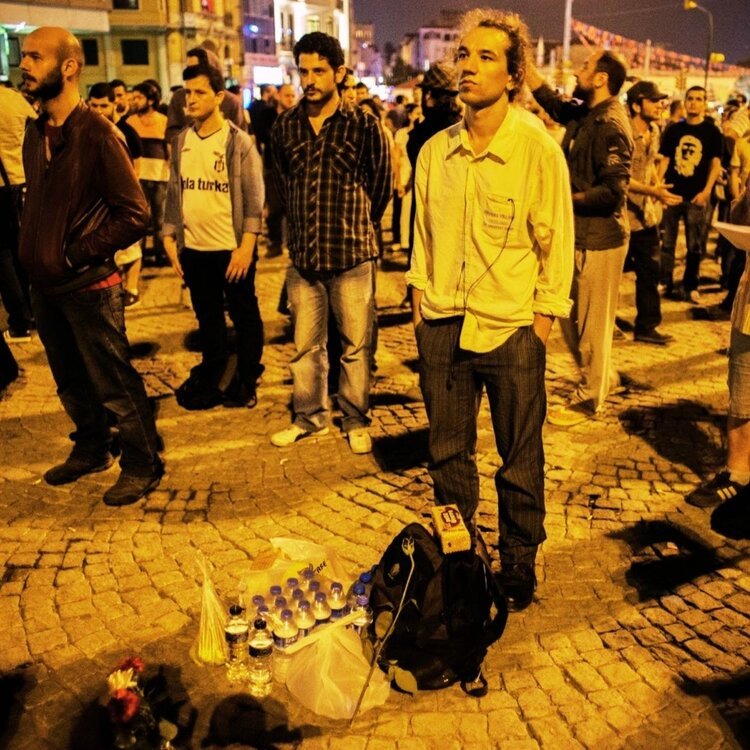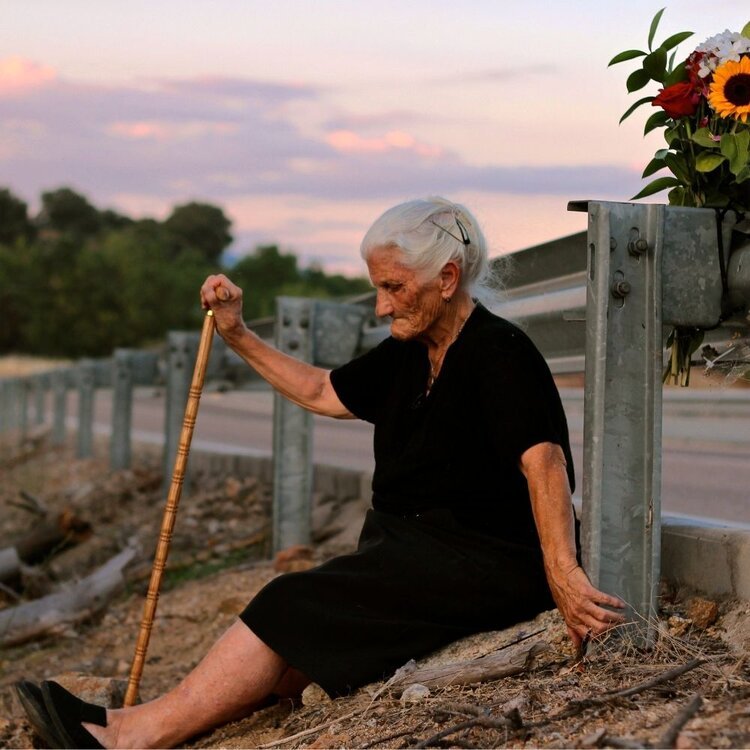Artistic Censorship under European Dictatorships
Portuguese soldiers on 25 April 1974, the day of the revolution.
At Dash Arts, we host European students for placements as part of their degrees and currently with us is Portuguese student Mariana Sardo, who is studying Arts Administration & Cultural Policy at Goldsmiths. As our podcast mini-series Breaking Silence drew to a close with a final episode examining censorship and self-censorship in the arts, Mariana reflected on her work on the series and was inspired to look into different examples of artistic censorship in Europe.
I enjoyed working on and listening to the Breaking Silence series, and found that the activist nature of art really resonates with my own experiences and values. It is through art that I express myself and couldn’t imagine not being able to do so. We live in a world where silencing of creative expression has been frequent in society throughout the ages, especially in nations under dictatorship regimes. After all, dictatorships survive from the use of censorship. Art's close relationship with politics is highlighted in times of political distress and change, and is used as fuel for activism. Censorship is about controlling thoughts and ideologies by reducing access to information. Sometimes artists are even imprisoned because they challenge society.
I have always been fascinated by how artists use abstract visual art, and codification of words in lyrics, poems and books to fight for what they believe, even if sometimes they are censored. I found that these regimes don’t undervalue art, or try to eradicate it - on the contrary, authoritarian states often invest in art and culture but on their own terms, with censorship and handpicked artists.
I am very connected to my country’s journey through the dictatorship regime, and decided to look at three examples of specific moments of artistic censorship in Europe from the last century...
Portugal
The Portuguese dictatorship was the longest in Europe, from 1926 to 1974. After 1950, dozens of writers, artists and singer-songwriters were jailed, tortured and exiled. This activism and opposition to the regime through the arts eventually led to a popular revolution that ended the dictatorship on April 25th 1974. This coup d’état was initiated by a song played on the radio as a code to start marching towards Lisbon to take down the government. Music has a very important role in telling the story of the Portuguese dictatorship. The lyrics are full of codes and symbolism, and were often censored. These songs have helped educate generations and convey ideas, thoughts and experiences that were once silenced.
Romania
After World War II, Romania remained under communist ruling and in 1965 Ceaușescu imposed a dictatorship lasting until 1989. Artists in Romania could not publicly deny or reject the communist regime, otherwise they would be erased from school curriculum, banned from producing new work and imprisoned. Some would just disappear. Censorship and artistic oppression was not only physical and psychological, but also involved public shaming of the art and its authors, leading to the rise of self-censorship. There was also a posteriori censorship applied to artists and writers - if they left the country, their works would be erased from collective memory.
Spain
Spain was under the Francoist dictatorship between 1936 and 1975. Franco’s censorship prohibited materials that promoted liberal ideas from abroad, especially European, and symbols of Spanish identity such as Cataluña. Alongside strong government censorship, the regime also gained support from the Catholic Church which enforced systematic purification of the educational system and cultural institutions. In response to the oppressive government, Spain saw an era that subsequently fostered a culture of resistance, expressed in various art forms.





